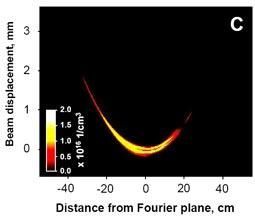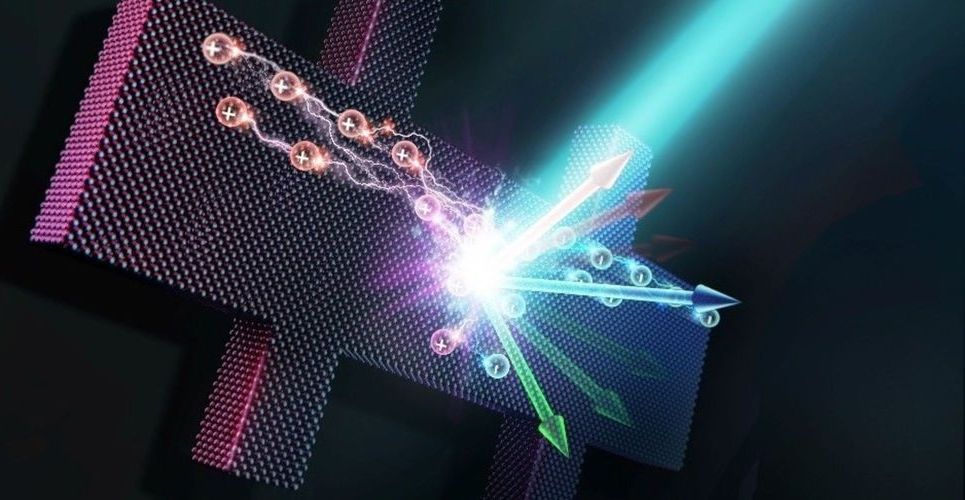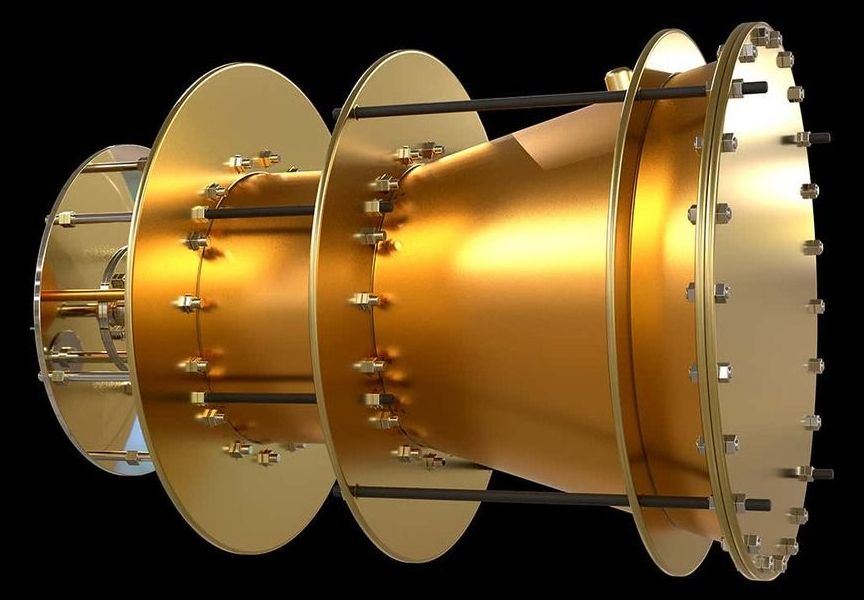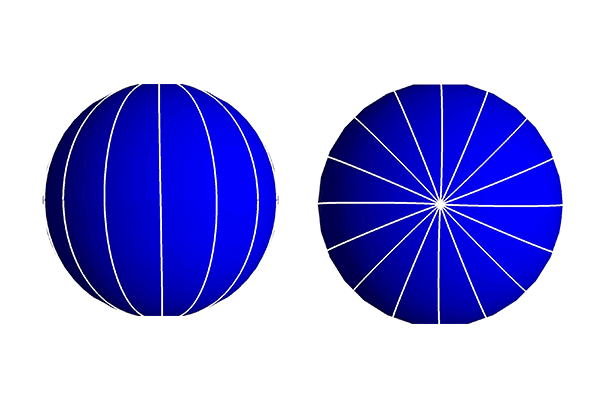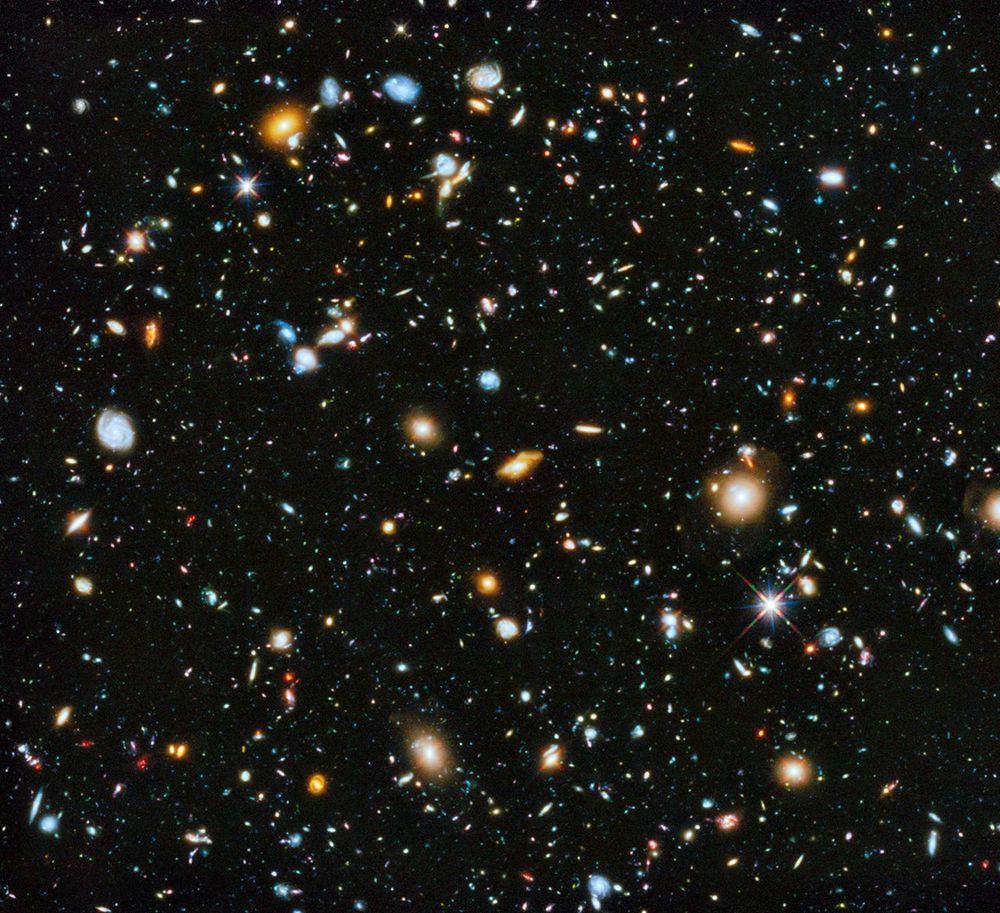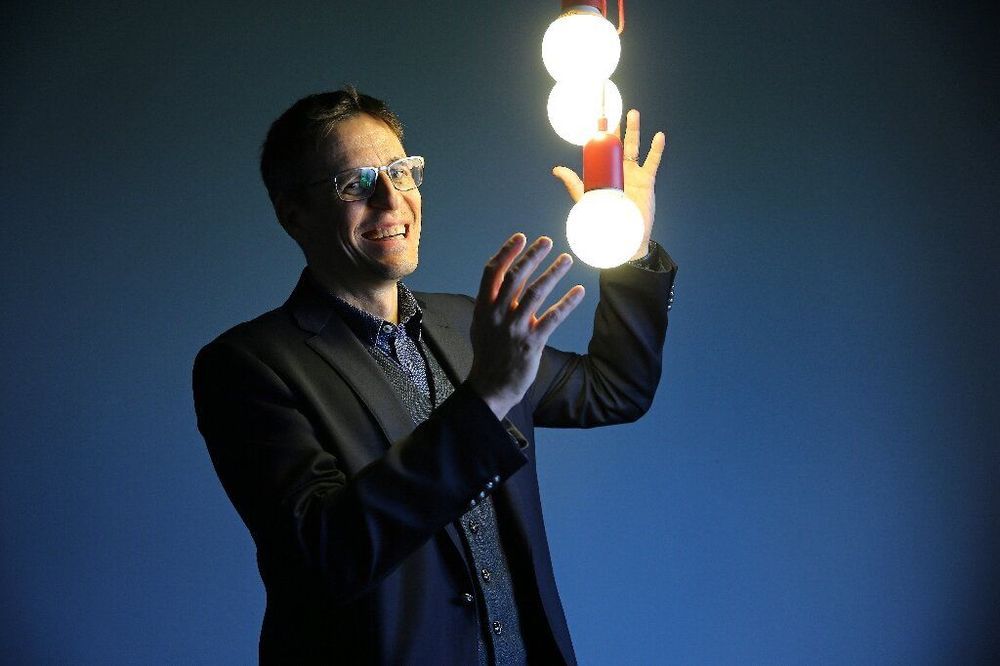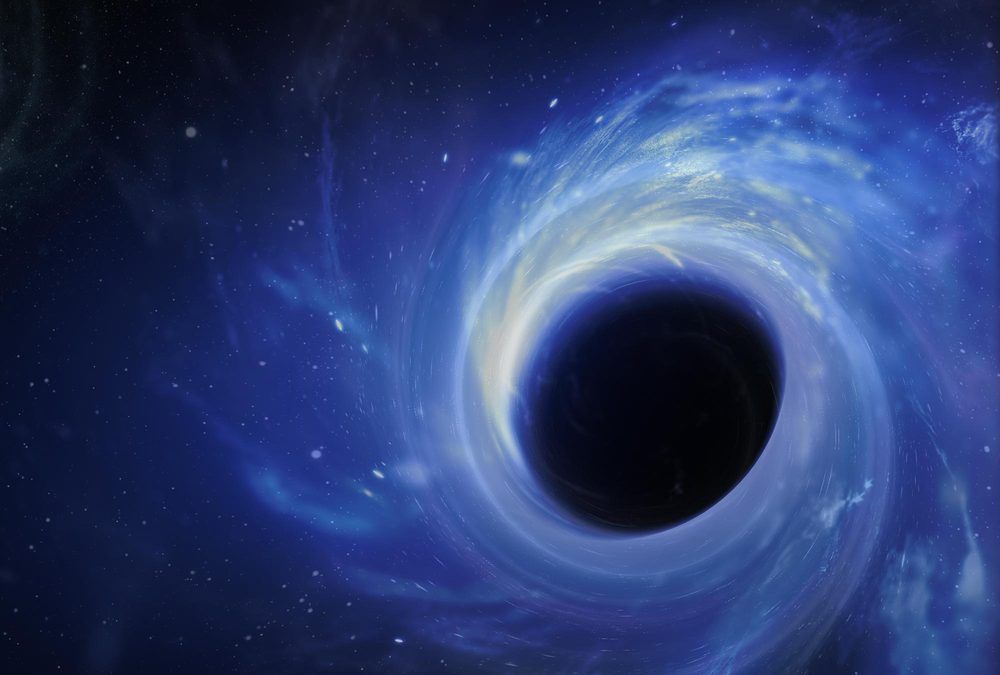2009
The Norse thunder god Thor deflected lightning with his hammer. Physicists could soon replicate this feat using curved laser beams.
Bending lightning around tall buildings and away from airports, power plants and other facilities is just one application for curved laser beams, says Jerome Moloney at the University of Arizona, Tuscon. He and his colleagues have now made the first such beams1. “The real novelty is that we can curve light in the lab,” he says.
Laser physicists already use beams made up of short laser pulses to etch out ‘plasma channels’. These pulses manipulate the speed with which light travels through air — slowing it down in the centre of the beam and speeding it up at the sides. The causes the beam to continually self-focus, helping it maintain a high intensity over large distances. The beam ionizes the nitrogen and oxygen around it, creating a plasma.
